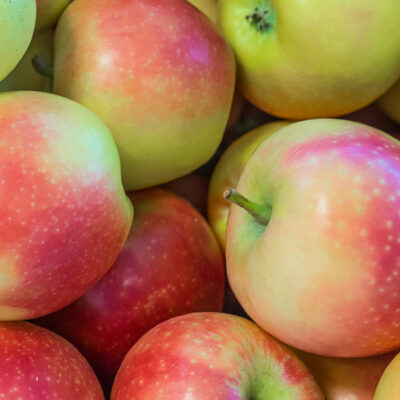5 easy hacks for home improvement

Redecorating or home improvement can be a lengthy process. It can consume ample time, energy, and money. At times, it might even entail overhauling your entire home. On the other hand, some minor tweaks are all it takes to make it look as good as new. No matter your path, there is always scope to hack the home improvement project. These can bring you the desired result without the pain of redoing everything from scratch.
Upgrade your faucets
When it comes to home improvement, faucets often go unnoticed, unless you are revamping the entire room. You can save many dollars by skipping the room renewal in favor of new faucets when your kitchen and bathroom are doing their job well. Not to mention, getting rid of leaky faucets means you aren’t wasting any water.
Build overhead storage
Storage space is necessary to keep away all the important stuff you don’t need. You can build an overhead loft or put in a plank to hold all the items you don’t regularly require. It will be helpful in the garage to keep all the pipes and fittings you cannot figure out a designated place for.
Jazzing the curb
People who frequently have guests over will tell you about the difference a well-done entrance can make. You can make way for new home improvement project by hanging flowering plants off the front patio ceiling. Add in some potted plants and a small herb garden, if needed. Choose plants that are easy-to-maintain and won’t wither by some extra sunlight. This way, even when you are running late for work, you won’t be worried about not watering the planters.
Cord concealer
Cords hanging out at your desks, kitchen workstations, and living room are common. And now it’s time to clean and improve the scenery. Drill a hole into your desk to pass the charging and other cables and keep them concealed beneath the desk. Add fittings to your kitchen workstation to keep the appliance cords in place. Also, get stands to cover the entangled wires and create space for appliances.
Drawer organizers
If your drawers have been an eye sore, try building desk drawers for your next home improvement project. The task is small enough that won’t require weeks, and provides satisfactory results. If you don’t want to build from scratch, purchase some drawer organizers to rearrange your spices, spatulas, pans, socks, and more.
Another critical aspect of home improvement is security. To protect loved ones and valuable belongings in the house, one can use security cameras for round-the-clock surveillance of the homes, even when nobody is physically present. One can capture footage of the home in real-time with security cameras and access it using computers, smartphones, or tablets.










